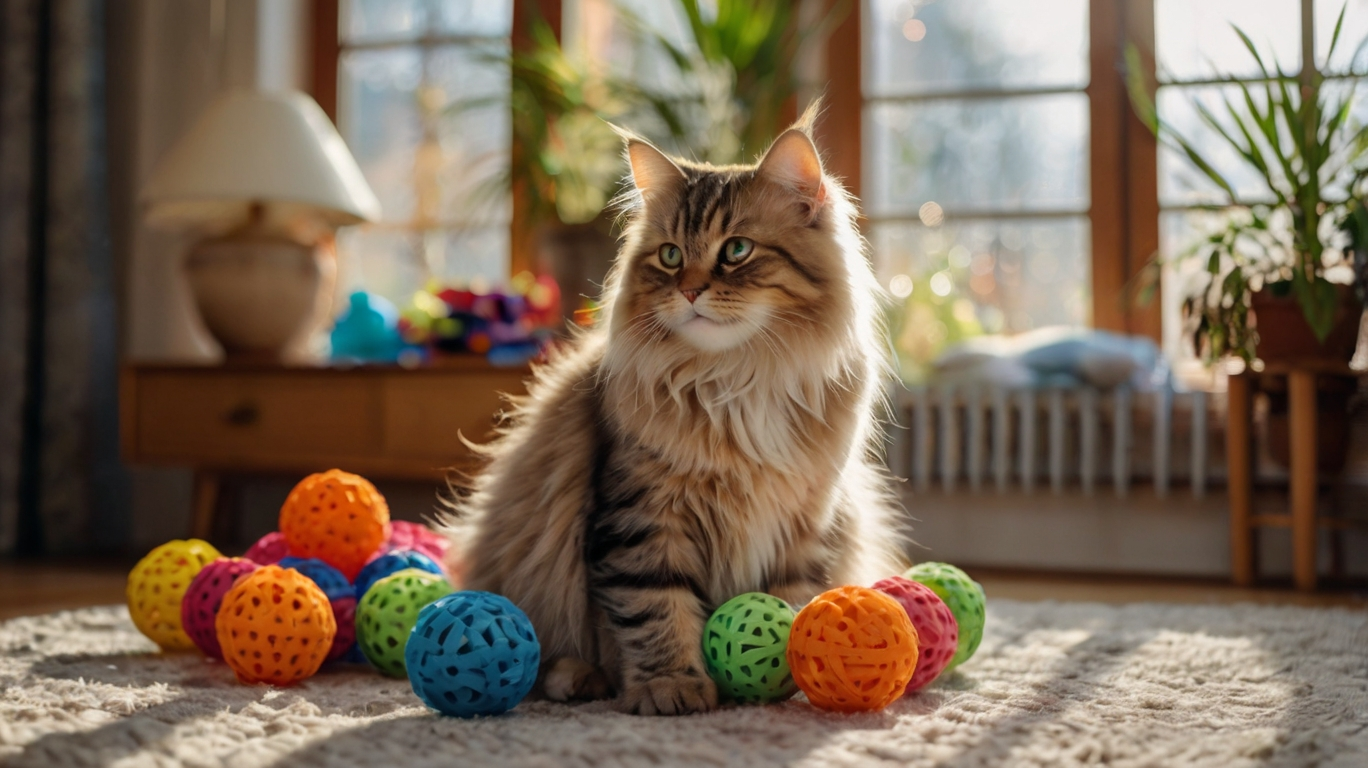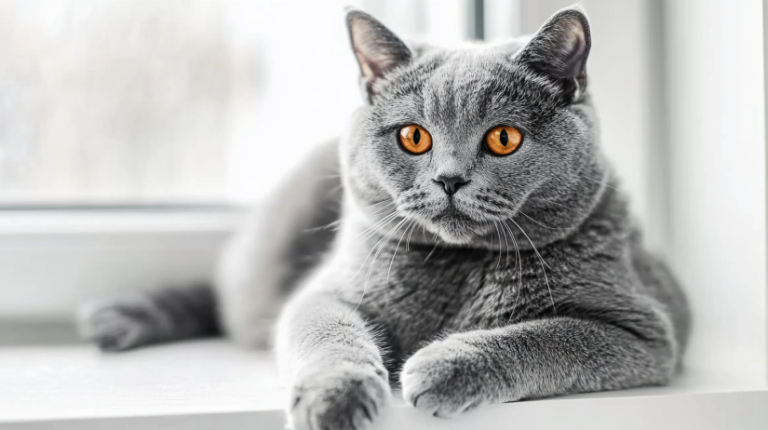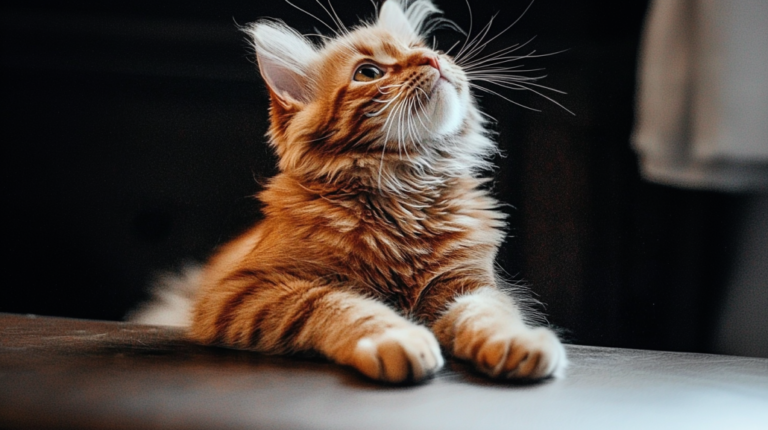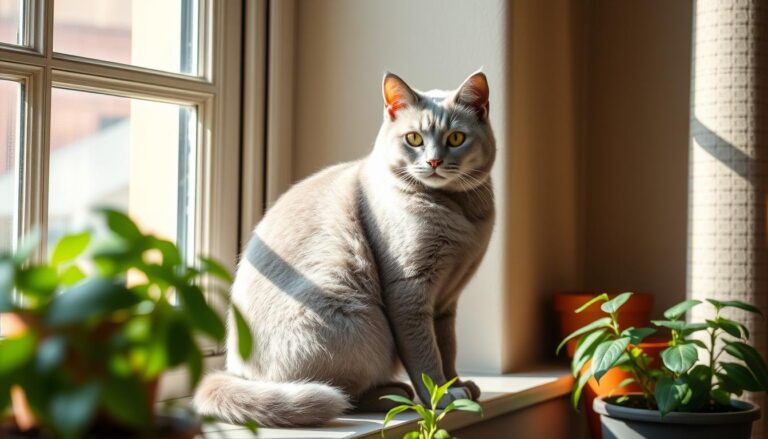Siberian Cat History: From Russian Forests to Family Homes
Imagine a land where winters are as fierce as the spirit of its creatures. This is Siberia: a vast, scrappy land of forests, unyielding cold, and untamed beauty. And from such wild landscapes comes a breed that has in one bundle combined resilience, loyalty, and charm-the Siberian cat. If you’re thinking about making a Siberian cat part of your family, you aren’t alone; this breed has captured hearts around the world. From being elusive cats in thick Russian forests to cherished pets and companions, this breed of cat has been on a long journey.
In this article, we will touch on the adaptation of Siberian cats to survive in Siberia’s harsh climate, the qualities that make them unique, and the road to popularity. History adds depth to their luster for an owner or just someone who is merely fascinated with the beauty of this breed, bringing into light the qualities making them such cherished family members.
| Attribute | Details |
|---|---|
| Official Name | Siberian Cat |
| Common Name | Siberian |
| Pet Height | 10-12 inches |
| Pet Weight | 8-17 pounds |
| Lifespan | 12-15 years |
| Smartness Level | High |
| Engagement in Play | High |
| Human-Friendly | Very Friendly |
| Animal-Friendly | Friendly |
| Favorite Food | Fish, Chicken, Cat Food |
Table of Contents
Origins in the Russian Wilderness
The Mysterious Beginnings of the Siberian Cat
The Siberian breed takes its form from the environment of their native land rather than from human intervention, as with many breeds. Centuries spent in the forests of Siberia nurtured traits that enable them to thrive through snow and ice, in cold and thick vegetation. Its evolution was a response to survival which gave it dense fur, massive muscles, and extremely sharp instincts.
For example their coat is composed of several layers and it is waterproof, it helps insulate their bodies from extreme low temperatures. Their fur, in fact features three main component parts, which consists of a soft fuzzy undercoat, bulky guard hairs as well as outer guard hairs that are resistant to moisture and snow. This is one of the most amazing and functional characteristics of them, which allows them to endure the toughest of winters quite easily.

An Indigenous Russian Breed
Though the exact origin of Siberian cats remains a mystery, they hold a place in Russian folklore, artwork, and stories. Often depicted as symbols of strength and loyalty, Siberian cats were known to live alongside humans in rural Russian villages, helping with pest control on farms and forming close bonds with the families they served. They were not just pets but partners, seen as protectors of homes and as beings with almost mystical qualities.
The Siberian Cat’s Journey to International Fame
Soviet Era and the Preservation of the Breed
During the Soviet era, these cats were relatively unknown outside of Russia. They remained hidden from the Western world, as Russia’s isolated borders limited the spread of their influence. Siberian cats continued to be appreciated within the country, though, primarily as working cats on farms and in rural areas. They were kept for their loyalty and ability to adapt to demanding environments.
The Siberian Cat’s Introduction to the Western World
It wasn’t until the 1990s, after the fall of the Iron Curtain, that Siberian cats gained international recognition. As breeders and cat fanciers began to take notice, Siberians were gradually exported to the United States, Europe, and other parts of the world. Their friendly disposition, hypoallergenic qualities, and hardy nature made them popular almost overnight. Today, they are recognized by major cat associations globally, including The International Cat Association (TICA) and the Cat Fanciers’ Association (CFA).

The Unique Traits and Characteristics of Siberian Cats
Adaptations from the Forests
Siberian cats possess remarkable physical traits that make them stand out. From their muscular build to their thick, water-resistant coats, every aspect of their appearance is a testament to their wild origins. They’re known for their agility, which allows them to climb, hunt, and explore with ease. These qualities make Siberians not only visually stunning but also physically resilient.
Table: Physical Traits and their Purposes
| Trait | Purpose |
|---|---|
| Waterproof, dense fur | Protection from cold and wet climates |
| Strong, muscular build | Assists with climbing and hunting |
| Broad paws | Prevents sinking in snow |
| Rounded ears | Reduces heat loss in cold environments |
These physical traits give Siberian cats a regal appearance and an air of independence that many find captivating. Their powerful bodies, topped with expressive eyes and alert ears, are part of what makes them one of the most admired cat breeds.
Temperament and Personality
Beyond their physical traits, Siberians are known for their friendly, affectionate nature. They are often compared to dogs because of their loyalty and intelligence. This is not a cat that will ignore you; rather, Siberians are social and enjoy interacting with their families. They can be curious and playful, making them ideal for households that enjoy active pets. They’re also adaptable, comfortable in both lively and quiet environments.
Hypoallergenic Qualities of Siberian Cats
One of the most appealing aspects of Siberian cats is their hypoallergenic qualities. While no cat is entirely hypoallergenic, Siberians are known to produce lower levels of the Fel d 1 protein, the main allergen responsible for triggering cat allergies. Some studies suggest that Siberian cats have significantly lower levels of this protein, making them more tolerable for allergy sufferers.
Siberian Cats in Modern Homes
The Popularity of Siberian Cats Today
In recent years, Siberian cats have grown in popularity across the globe, especially in places where pet allergies are a concern. Their hypoallergenic traits, combined with their affectionate nature, have made them highly sought-after pets in countries like the United States, Canada, and the United Kingdom. Statistics reveal that the demand for Siberian cats has increased as more families discover their unique combination of beauty, personality, and allergy-friendly attributes.
Care Requirements for Siberian Cats
Owning a Siberian cat comes with specific care needs. While they are relatively low-maintenance compared to some breeds, there are a few essentials to keep them happy and healthy.
- Grooming: Siberian cats have a dense triple coat, so weekly brushing is recommended to reduce shedding, especially during seasonal changes. This will help maintain the health of their fur and keep it free from tangles.
- Diet: Siberians benefit from a high-protein diet to support their muscular build and energy levels. Consider a balanced diet of quality dry and wet foods to ensure they receive essential nutrients.
- Exercise: Known for their agility, Siberians enjoy climbing, jumping, and exploring. A home with cat trees, scratching posts, and interactive toys will help keep them physically and mentally engaged.
Preserving the Legacy of Siberian Cats
Siberian Cat Breeding and Preservation Efforts
As the Siberian cat grows in popularity, responsible breeding practices are essential to maintain the breed’s health and genetic diversity. Breed registries play a crucial role in preserving the breed’s lineage and ensuring that the cats remain healthy. Breeders are encouraged to follow ethical breeding practices, which help avoid health issues and maintain the integrity of the Siberian cat.
Siberian Cats and Ethical Pet Ownership
When considering a Siberian cat, it’s important to approach ownership responsibly. Reputable breeders and adoption agencies can provide guidance on finding a healthy Siberian that meets your expectations. Remember, owning a pet is a long-term commitment, and Siberians are known for their loyalty and companionship. Researching reputable sources ensures that you are adopting a cat that has been cared for ethically and that will fit well into your home.
FAQs About Siberian Cats
- Are Siberian cats good for families?
- Yes, Siberians are known for their gentle and friendly nature, making them wonderful companions for families, including those with children or other pets.
- Do Siberian cats shed a lot?
- Siberians have a seasonal shedding cycle, shedding more in spring and autumn. Weekly grooming helps manage their coat, keeping it healthy and reducing loose fur.
- Are Siberian cats hypoallergenic?
- While no cat is completely hypoallergenic, Siberians produce lower levels of the Fel d 1 protein, which can make them more suitable for some allergy sufferers.
- How long do Siberian cats typically live?
- With proper care, Siberian cats have a lifespan of around 12-15 years, though many can live even longer.
- What makes Siberian cats unique?
- Siberians are known for their dense, waterproof coats, hypoallergenic qualities, and friendly, loyal personalities, making them a one-of-a-kind choice for cat lovers.
Conclusion
The story of the Siberian cat from the cold forests of Siberia to modern home warmth is one of resilience, adaptation, and affection. These cats not only survived in one of the most extreme environments in the world but also won hearts throughout the world. Owning a Siberian is like bringing home a piece of the Siberian history–a reminder of strength and beauty that nature creates.








